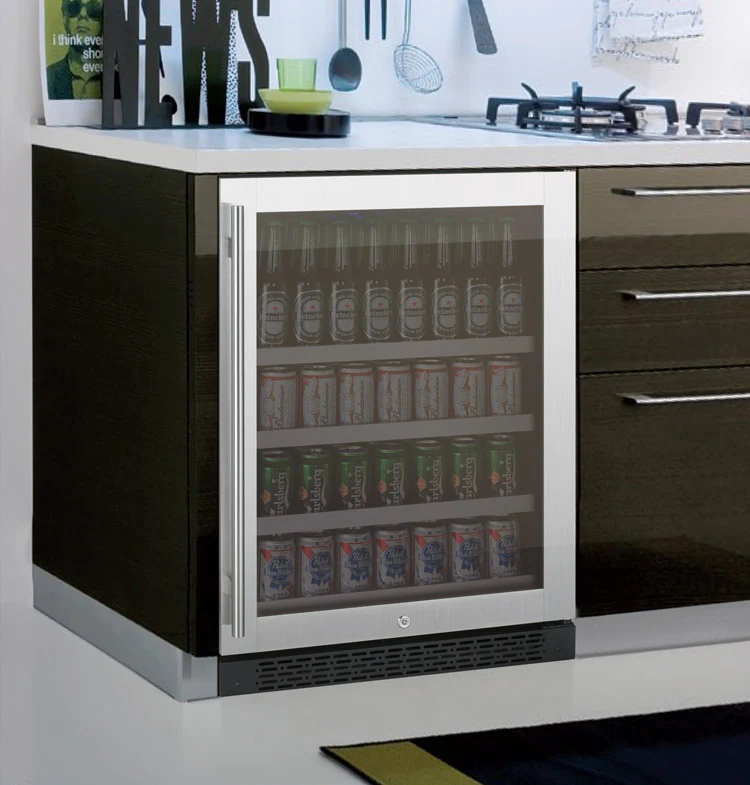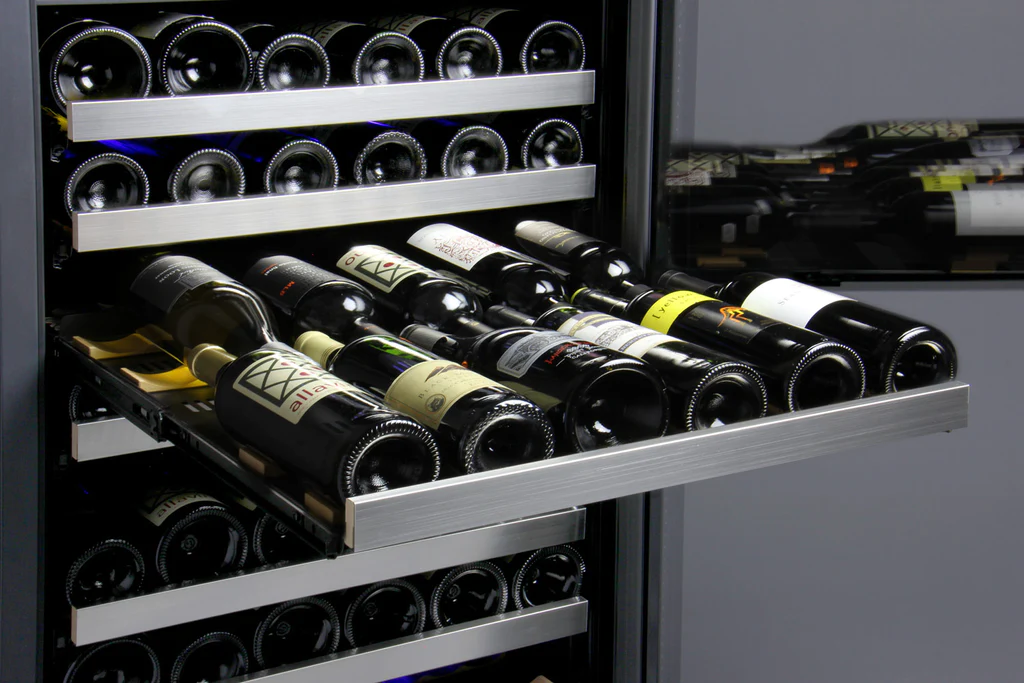Proper wine storage is essential for extending the wine’s shelf life and ensuring a smooth aging process. Wine undergoes a series of chemical changes as it ages, transforming its texture, flavor, and aroma. Proper wine storage is the difference between a wine that quickly goes bad and one that develops complex flavors and aromas over time. Whether it’s the cork, the sunlight, or the temperature, there are a number of variables that can affect how long your wine lasts. Read on to find out how to best store your wine collection by learning about the main factors that can affect it during storage.
Grape Variety:
Different grape varieties have varying levels of acidity, sugar, tannins, and other components. These factors influence how well a wine can age. Generally, wines made from grapes such as Cabernet Sauvignon and Syrah tend to have longer shelf lives, while wines made from grapes like Pinot Noir or Sauvignon Blanc are best consumed earlier.
For more information:
- Wines made from grape varieties such as Cabernet Sauvignon and Syrah typically have higher levels of tannins, acidity, and sugar, which contribute to their potential for aging. These wines often benefit from additional bottle aging to develop more complex flavors and smoother textures.
- On the other hand, grape varieties like Pinot Noir or Sauvignon Blanc generally have lower levels of tannins, acidity, and sugar. These wines are typically best consumed when they are young and fresh, as they may not have the same aging potential as their counterparts.
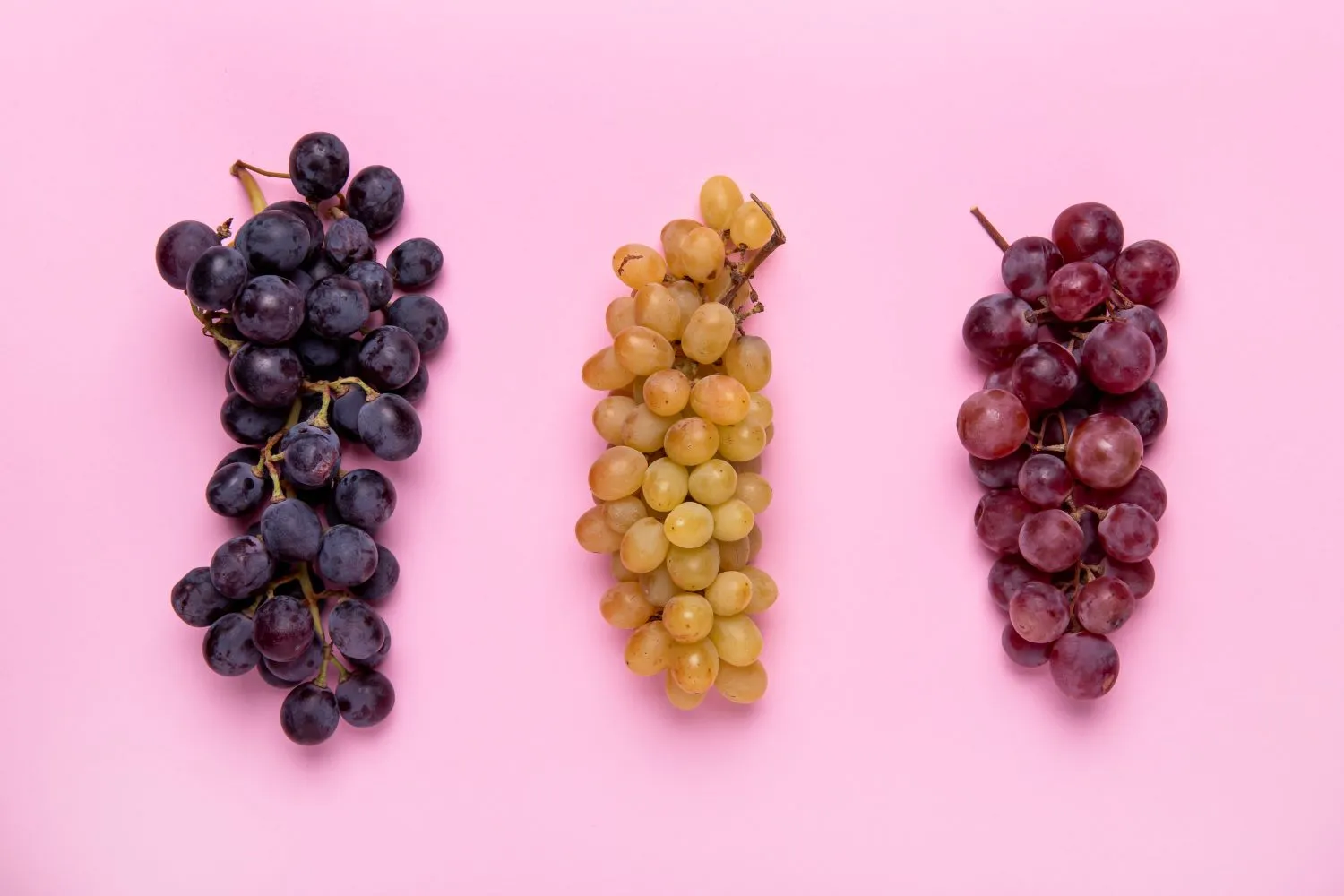
Wine Style:
The style of a wine, whether it’s a light-bodied white, a full-bodied red, or a sweet dessert wine, can also affect its shelf life. Lighter wines are generally meant to be consumed sooner, while more robust wines often benefit from aging. Additionally, fortified wines like Port or Sherry have high alcohol content and sugar levels, allowing them to age for extended periods.
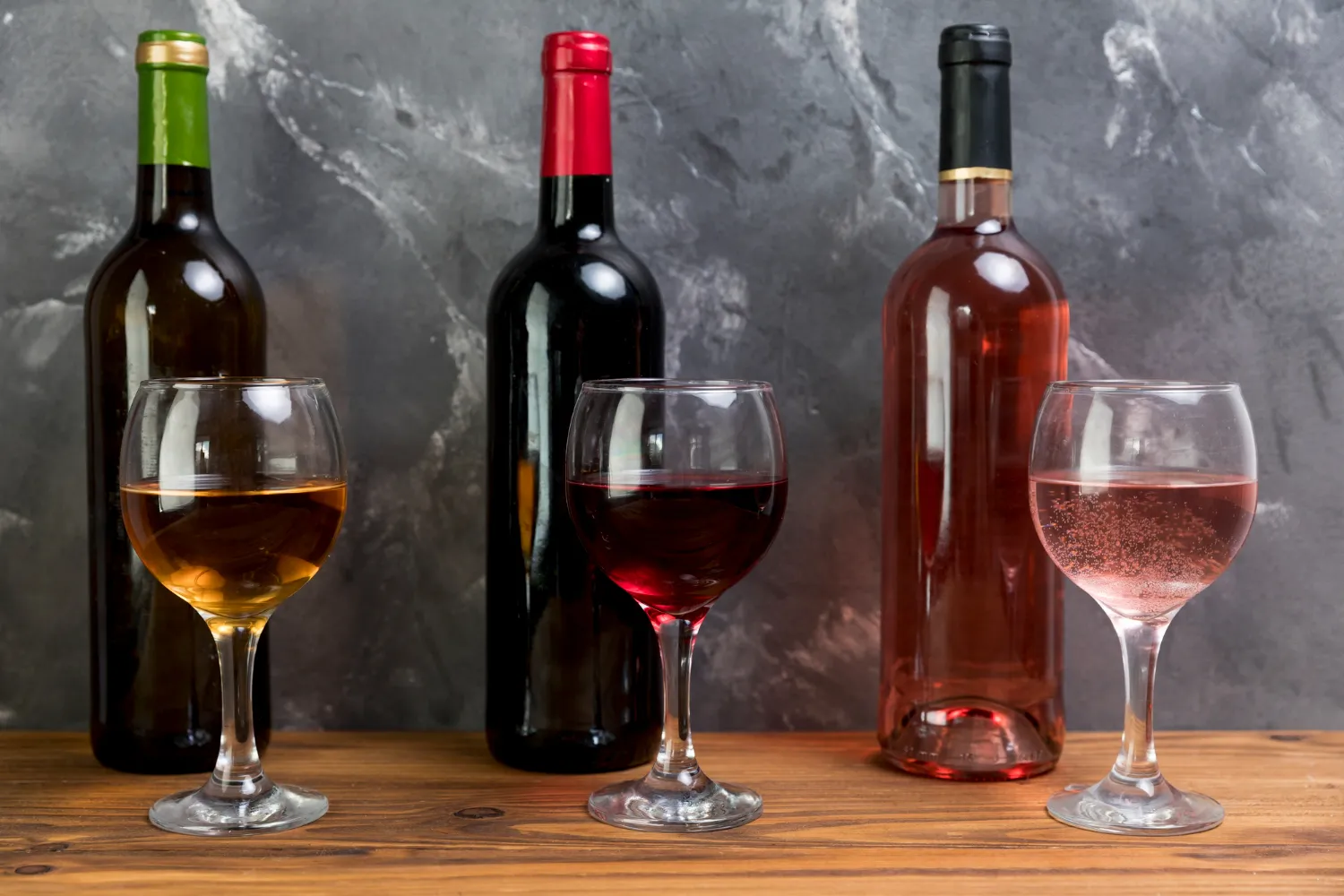
Bottle Closure:
The closure used—such as corks, screw caps, or glass stoppers—can also influence a wine’s shelf life. Cork closures allow a tiny amount of oxygen to interact with the wine, aiding in the aging process. Screw caps, on the other hand, provide a more airtight seal, which can slow down the aging process and preserve freshness. Both methods have their benefits, and wines bottled with different closures have varying aging potential.
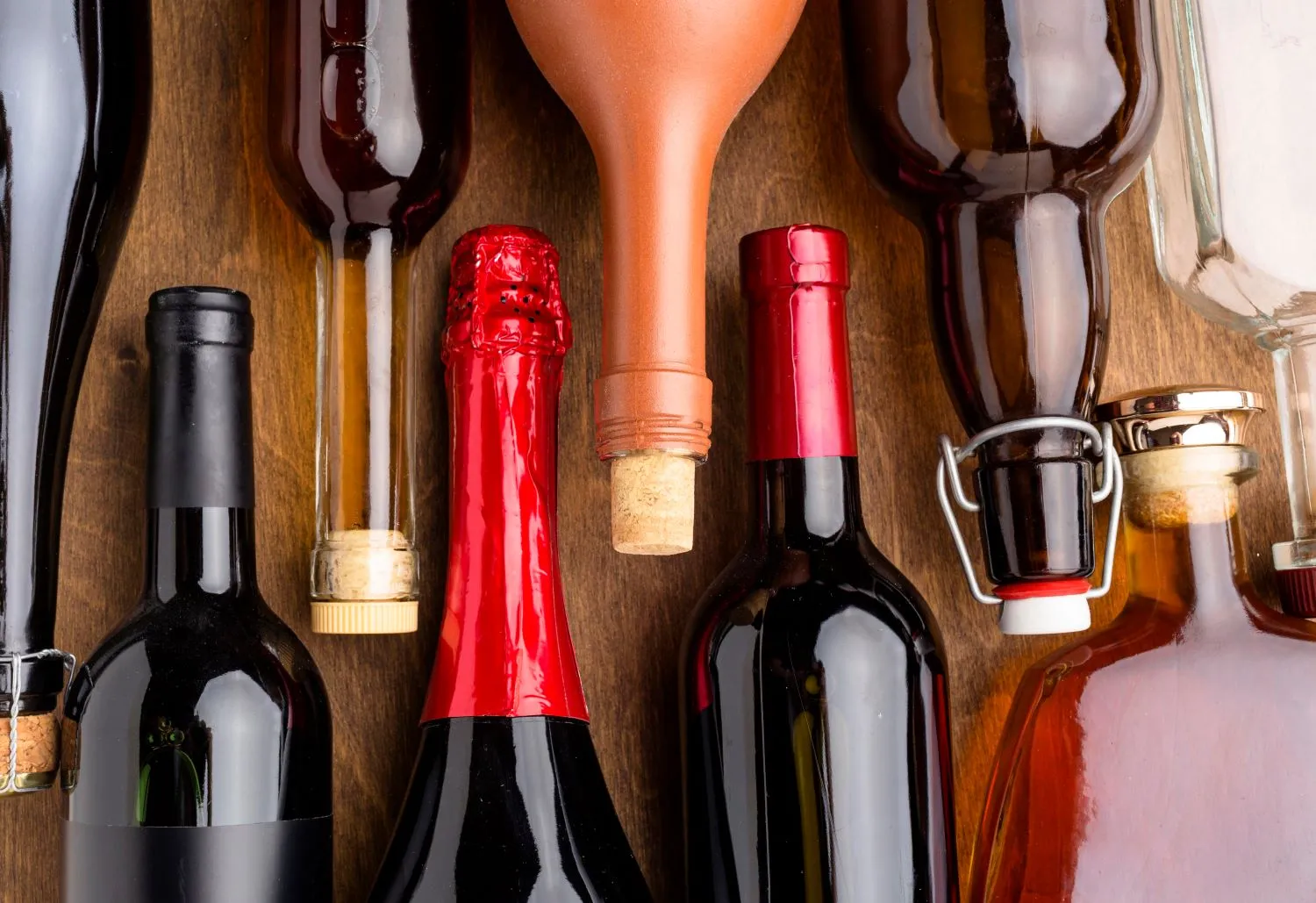
Temperatures
Despite its apparent importance, many people still make the mistake of improperly storing their wine. Even though storing wine at too low of temperatures can be just as detrimental to its quality, many people prefer to do so. Warmer temperatures during storage can hasten the wine’s aging process, diminishing its flavor, aroma, and overall quality. Wine exposed to temperatures above 15 degrees Celsius may take on a bitter, overcooked flavor and be rendered undrinkable. While mulled wine is a good candidate for being stewed, regular wine is not.
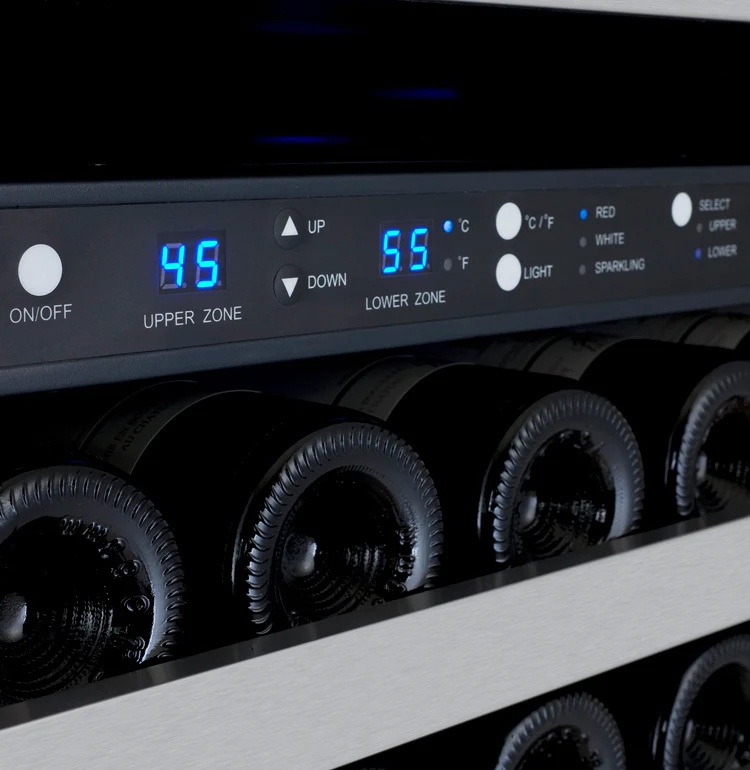
Similarly, if you store your wine at temperatures lower than the recommended 10 degrees Celsius, the wine may lose some of its aromas and flavors. The wine that is exposed to subfreezing temperatures can suffer damage to the cork, bottle, and wine itself. Oxygen can get into the bottle through the cork if the cork shrinks and pushes out, ruining the wine. There is a risk of wine spillage if the bottle is stored upright.
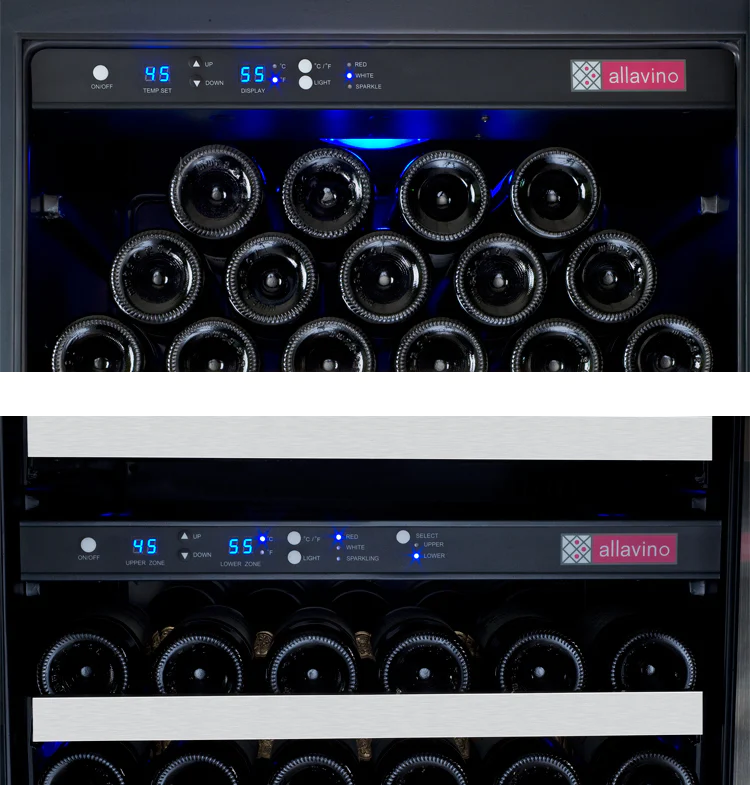
The ideal storage temperature for wines is between 11 and 15 degrees Celsius, with the exception of sparkling wines and ice wines. You can store your reds and whites at one temperature and your sparkling wines at another in a wine cooler that has adjustable temperature zones. Since the ideal serving temperature and the optimal storage temperature for wines aren’t always the same, wine refrigerators with dual or multiple temperature zones allow you to prepare wine for serving.

Humidity Levels:
When putting away their wine, many people fail to consider the possibility of humidity. Wine is best preserved when kept in a dark, cool place with a humidity level of 65%-75%. The last thing a wine collector don’t wants is for the labels to peel off the bottles due to excessive humidity, as this can significantly lower the value of the bottles in question. Wine that has developed mold or mildew not only looks bad but often tastes bad as well.
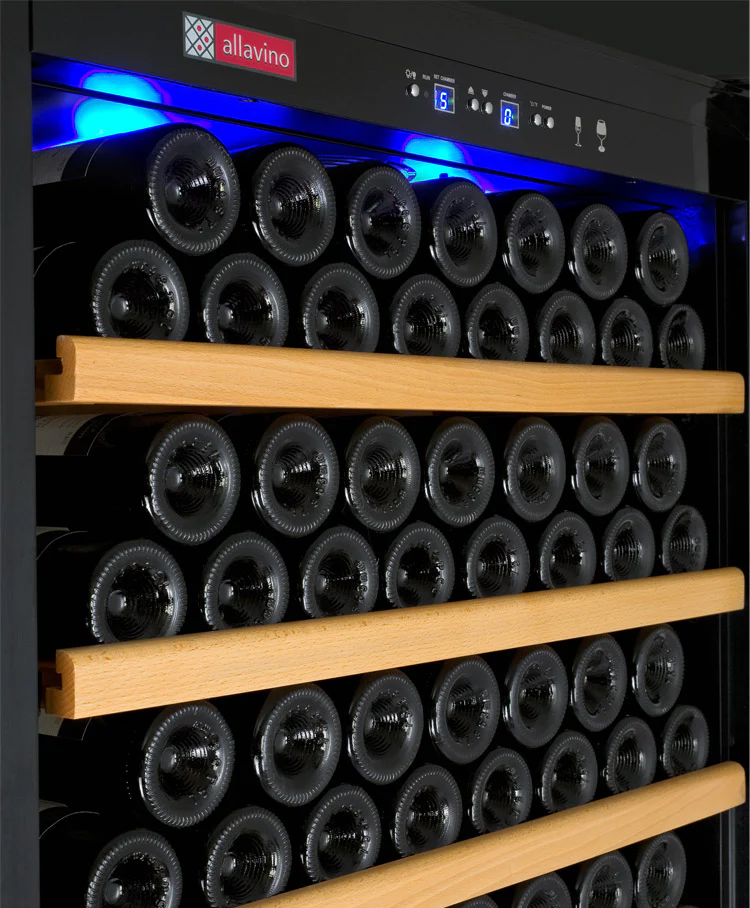
Too much humidity in the wine cellar can also cause the cork to become damp and the wine to oxidize. However, your wine collection will benefit from some humidity. The moisture from the cork is what keeps the cork in the bottleneck, so humidity is essential. The wine could be ruined if the cork slipped out of place due to insufficient humidity. When properly maintained, wine stored in a wine cellar can last for decades.
It’s crucial to ensure that a wine cellar has the ideal humidity levels when it’s being built. A wine refrigerator is an excellent choice for storing your wine collection because most of them come with humidity control. A wine that has been properly aged and kept at the appropriate humidity level for its storage has a much longer shelf life.
Exposure to Light:
Light is another storage factor that can alter your wine’s flavor, aroma, and appearance. Due to a chemical reaction, wine that has been exposed to large amounts of light will age more quickly. This can cause the wine’s natural flavors and aromas to be ruined, giving it an unpleasant acidic taste. In order to preserve the quality of your wine collection, you should keep it out of direct sunlight and away from incandescent bulbs.
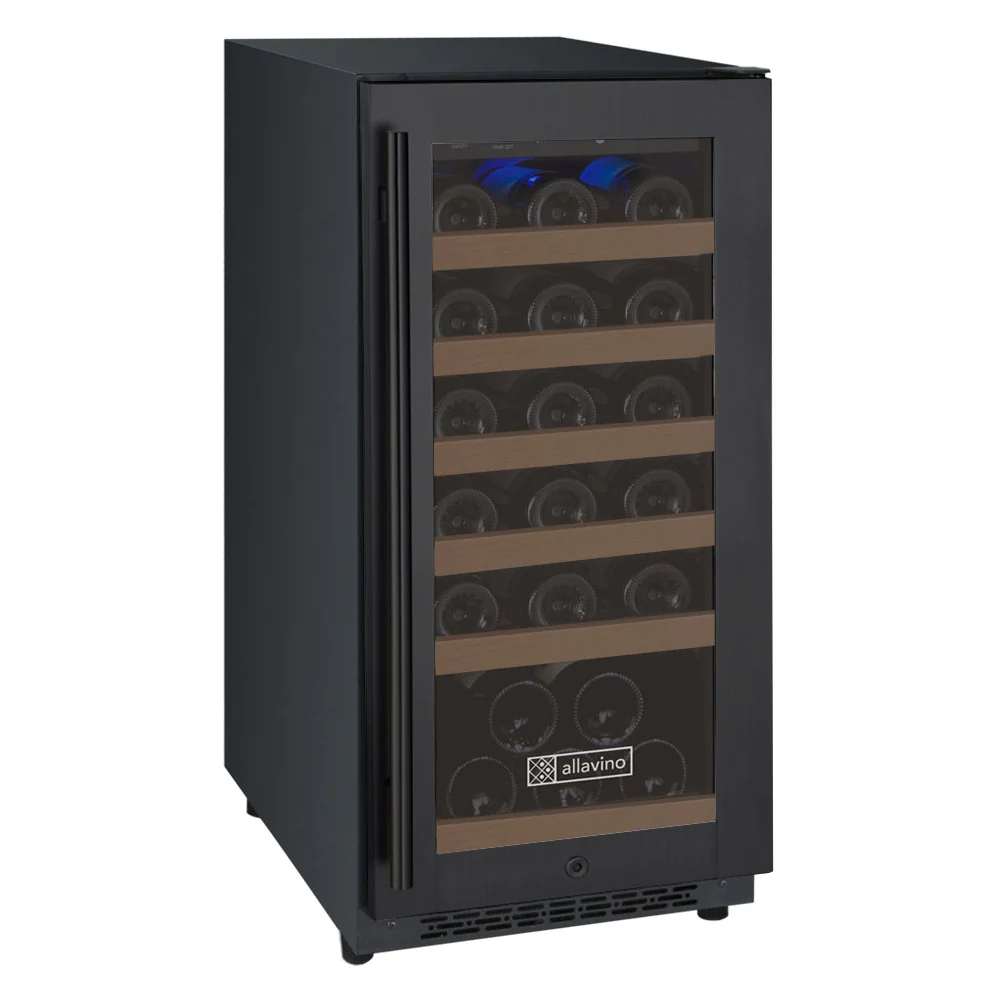
Ultraviolet (UV) light can quickly degrade the quality of wine. When exposed to sunlight or artificial light sources, wine may develop unpleasant flavors and aromas, commonly referred to as “light strike.” Keep your wine away from direct sunlight or store it in dark spaces to avoid this issue.

